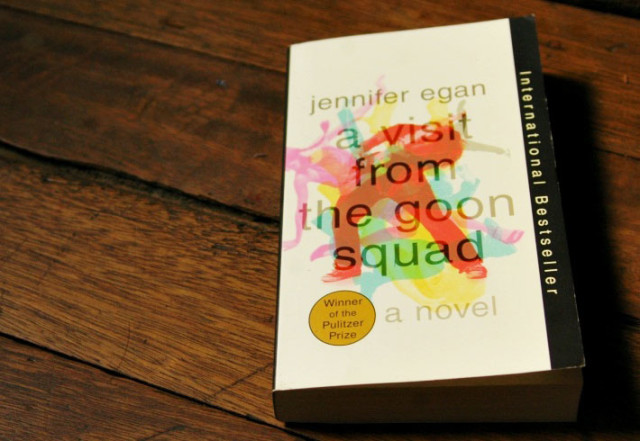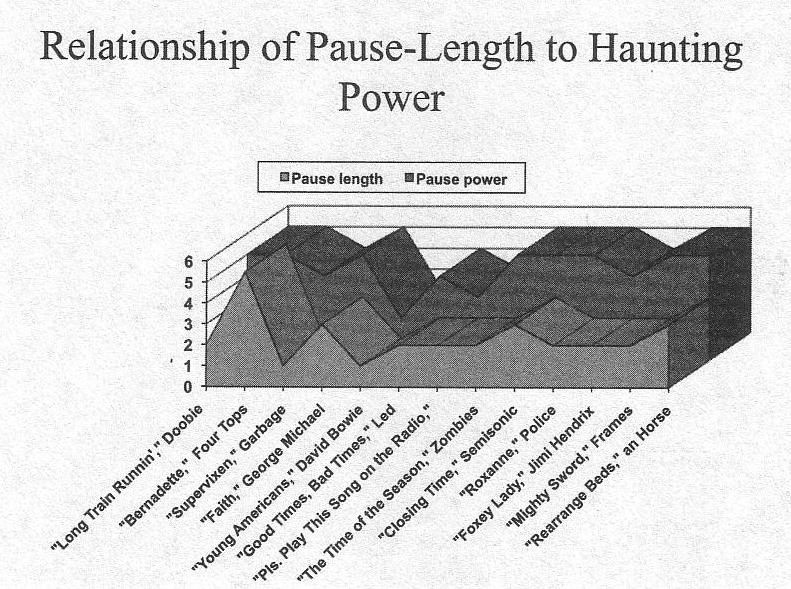
I’ve become completely taken by Jennifer Egan, and her novel A Visit from the Goon Squad. It quite literally swept me off my feet, and much to my husband’s dismay, kept me up into the wee hours of the night as I flipped through page after page, story after story, trying to keep all of the various characters in my head.
One of the reasons I liked this book so well had to do with the challenge of reading it. It wasn’t the language, or even the vast amount of characters that had me scratching my head from time to time. It was the non-linear timeline, the stories were layered around each other, like a strange mosaic, but the larger picture isn’t something beautiful. It’s a strangely fascinating grotesque picture that lays out how time ravages everyone. No one is immune.
When I first started reading, I had to double check to make sure this wasn’t non-fiction. Everything felt so detailed in Sasha’s story, I almost wanted to believe Sasha was a real individual, and that Egan had interviewed her, or even been in the room while she was speaking with Coz. But, it’s fiction. And that made me think of how awesome (if not completely time consuming [and there’s the subject of time again]) to do something similar as a non-fiction piece. To find a group of people whose lives have intersected at one point or another and write multiple individual vignettes about them that are still all connected by some common thread….It would be difficult to do, but I think it would be rewarding.
I personally like to play with time in my own work. I wrote a piece about my grandfather which features multiple short vignettes without a linear timeline. However, Egan takes this to an entirely different level. And more than just time, it’s about pauses and delays. Egan says herself, in an article on The Paris Review, ““I had to completely let go of any kind of linear chronology,” … “But it was interesting how hard that was to do. There was something in me that didn’t want to do it, even though I knew that the most fun of the book, even as I was working on it, was not going forward.”

The character Lincoln tried to use pauses to communicate. Egan uses pauses between her stories to make us believe one story has ended, and now a new one will begin, but really, all the stories are connected. And each pause allows us to reflect on what we just read, while also anticipating what’s next. It offers it’s own type of power. It doesn’t truly end until the end of the novel. And honestly, I was pretty sad to see it end.
I, too, was completely swept away by this book, so much so that I did the whole darn thing in one 6ish hour sitting. And I love your idea about a non-fiction piece, that would be an amazing read. I’m glad you brought up Lincoln’s pauses, as for me this is really the element, small as it was, that brought everything together. There are a lot of thematic threads that connect these lives, but it wasn’t until I was in the last chapter, wondering why it hadn’t ended with the previous, that the pauses proved vital. Oddly, I was invested in the passage of time and the effect that time was having on these characters, but I never actually stopped to think about the fact that it was non-linear. I don’t know if maybe I just considered it on a subconscious level, but in reading your post, I tried, just for the hell of it, to imagine it in a consecutive order (be it from the beginning, or moving completely backward) and it becomes a hot mess. I think you described it perfectly when calling it a mosaic.
LikeLike